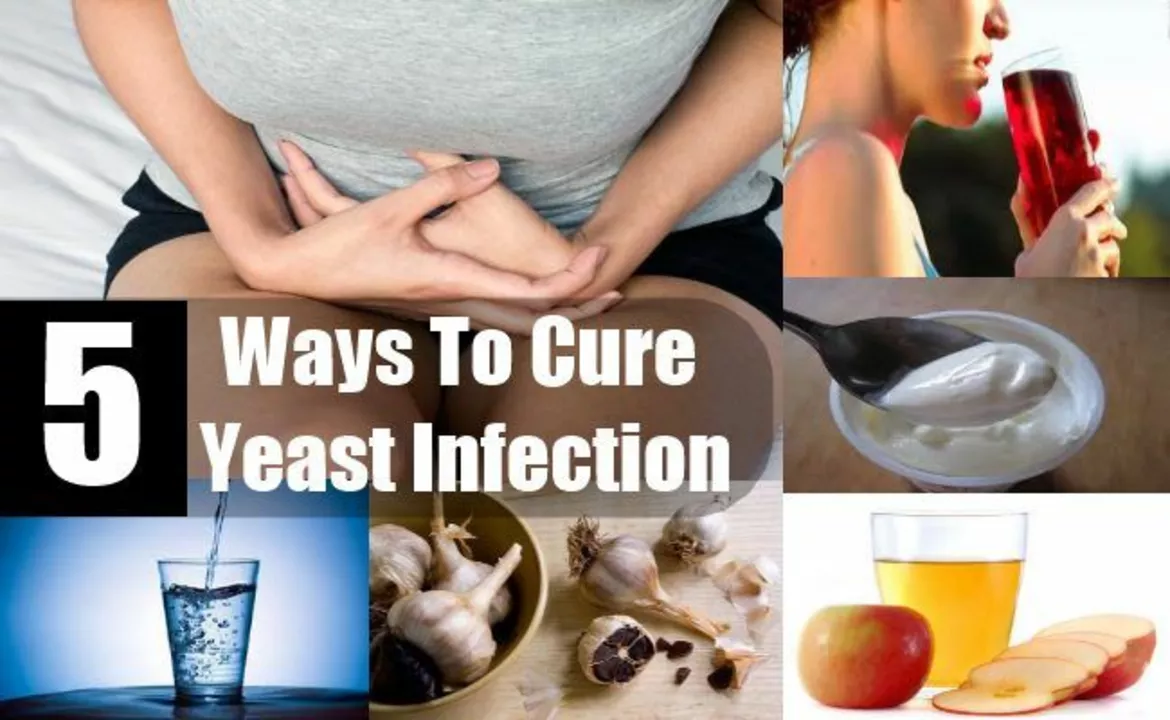Yeast infections: fast facts, symptoms, and what to do
Think you might have a yeast infection? You’re not alone. Yeast infections (candidiasis) are common, uncomfortable, and usually treatable. This page gives clear, practical steps to spot one, treat it safely, and stop it from coming back.
Symptoms and common causes
Typical signs depend on where the infection is. Vaginal yeast infections cause itching, thick white discharge, burning during urination, and soreness. Oral thrush looks like white patches in the mouth. Skin infections show red, itchy rashes in folds like under breasts or between toes. If you notice sudden itching, unusual discharge, or pain, think yeast.
Why do they happen? Yeast lives on our skin and mucous membranes all the time. It only causes trouble when the balance changes. Common triggers include recent antibiotic use, hormonal shifts (pregnancy or birth control), high blood sugar from diabetes, tight or damp clothing, and a weakened immune system.
Treatment and prevention
Most uncomplicated vaginal yeast infections respond well to over-the-counter topical antifungals like miconazole or clotrimazole. A single-dose oral option (fluconazole) can work too, but it usually needs a prescription in many places. For oral thrush, antifungal mouthwash or lozenges help. Skin infections often clear with topical creams and keeping the area dry.
Use medicines exactly as directed. For topical creams, apply to clean, dry skin and continue the full course even after symptoms fade. If you’re pregnant, breastfeeding, or on other meds, check with a clinician before taking oral antifungals—some drugs aren’t safe.
Want to prevent recurrences? Keep areas dry and wear breathable cotton underwear. Avoid douching, scented soaps, and unnecessary antibiotic use. Manage blood sugar if you have diabetes. Some people find daily probiotic yogurt or supplements helpful, though evidence varies. If you get recurrent infections (four or more a year), your provider may prescribe a longer maintenance plan.
Buying meds online? Use licensed pharmacies that require a prescription for oral antifungals. Watch for fake or unusually cheap products. If something feels off—unexpected side effects or no improvement after a full course—stop and see a clinician.
When should you see a doctor? If symptoms are severe, don’t improve after treatment, return quickly, or you have fever or unusual bleeding, get medical advice. Also see a provider if you’re pregnant, have HIV or another immune condition, or are unsure whether it’s a yeast infection—other infections need different treatment.
Got questions about a specific medicine or want safe online pharmacy tips? Check our related guides and talk to a healthcare pro. Quick, correct treatment saves time and prevents complications.

Yeast Infections of the Skin and Travel: How to Stay Healthy on the Go
During my recent travels, I've become more aware of the risk of yeast infections on the skin, especially while on the go. To stay healthy, I've discovered the importance of maintaining good hygiene, keeping my skin clean and dry, and wearing breathable clothing to prevent excess moisture. It's also crucial to avoid sharing personal items and to use antifungal creams or powders when necessary. In addition, maintaining a strong immune system by eating a balanced diet and getting enough sleep can help prevent infections. By following these tips, I've been able to enjoy my travels without the worry of skin yeast infections.
